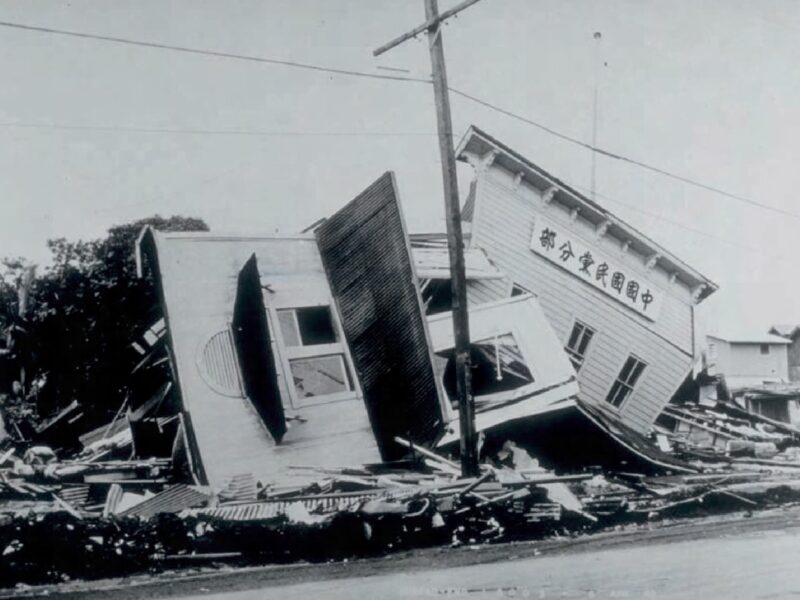On April 1, 1946, an 8.6-magnitude earthquake off the Aleutian Islands triggered a tsunami that raced at 500 mph across the Pacific and roared ashore
Category: Headlines in History
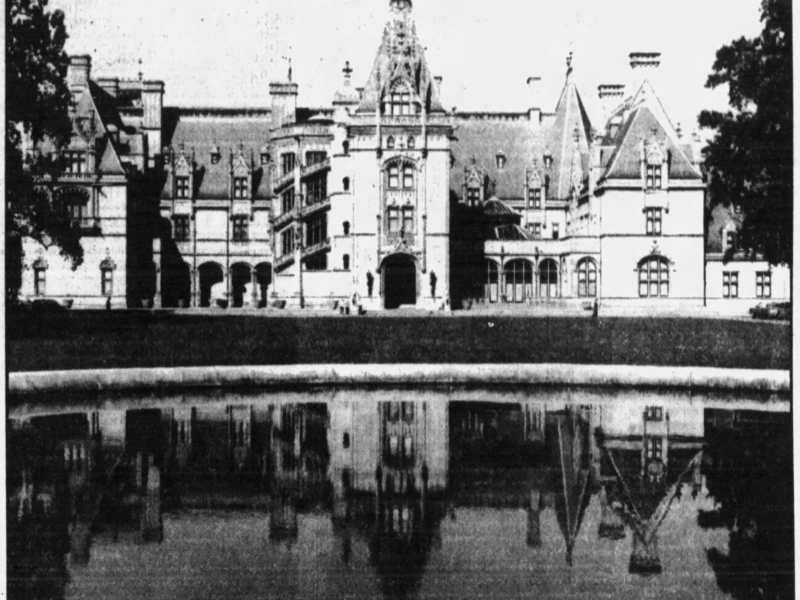
Have you ever visited Biltmore Estate in Asheville, North Carolina? Construction for the mansion with 255 rooms began in 1889. Biltmore remains the largest privately
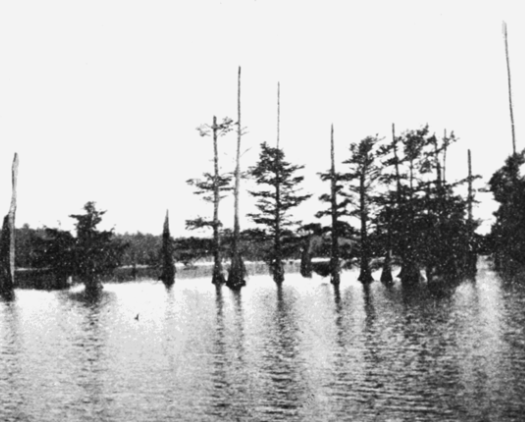
From December 1811 through March 1812, three powerful earthquakes and more than two thousand aftershocks rocked New Madrid, Missouri, and the surrounding area. The quakes
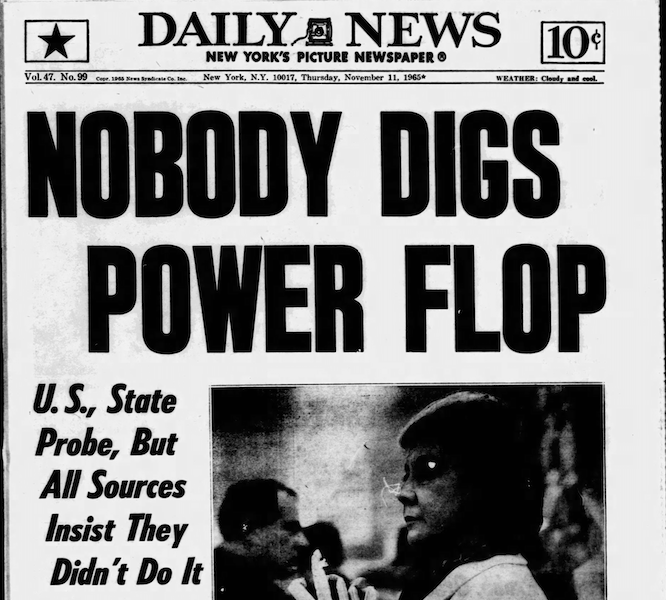
On November 9, 1965, at 5:26 p.m. and during the height of rush hour, a power failure originating near Niagara Falls caused a catastrophic blackout
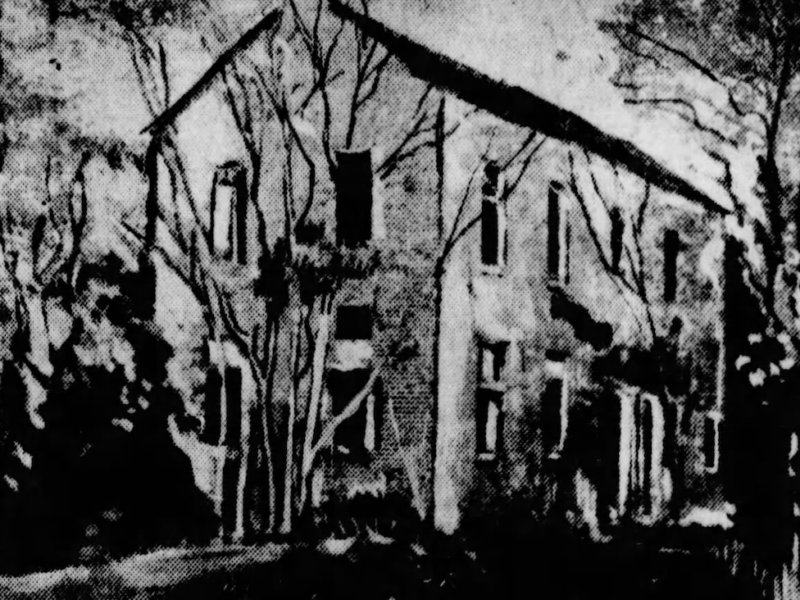
In 1861, a distraught mother had the body of her young son, a Civil War casualty, returned home to Jackson County, Indiana, for burial. Instead
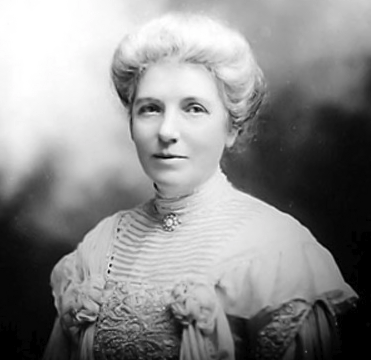
In the late 1800s, women around the globe began organizing and advocating for the right to vote. On September 19, 1893, 130 years ago, New
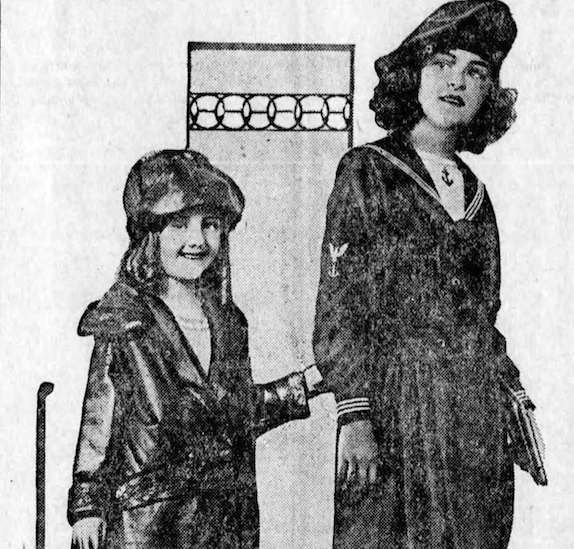
One trip to the store is all it takes to signal that the end of summer is quickly approaching. Summer merchandise is on clearance, fall

Barbie burst on the scene in March 1959 at the American Toy Fair in New York City. The 11.5-inch-tall Barbie dolls were the brainchild of
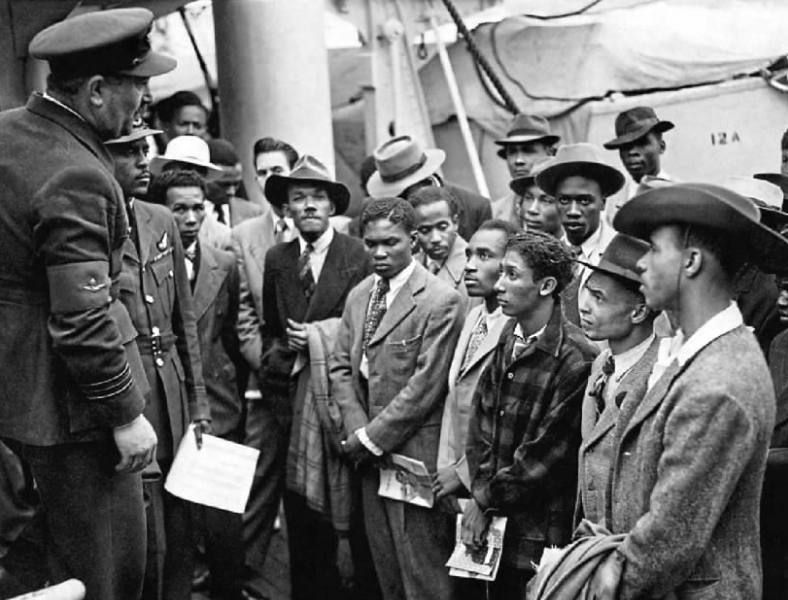
It’s been 75 years since the HMT Empire Windrush, a former troop carrier turned migrant ship, arrived at Tilbury Docks near London on June 21,
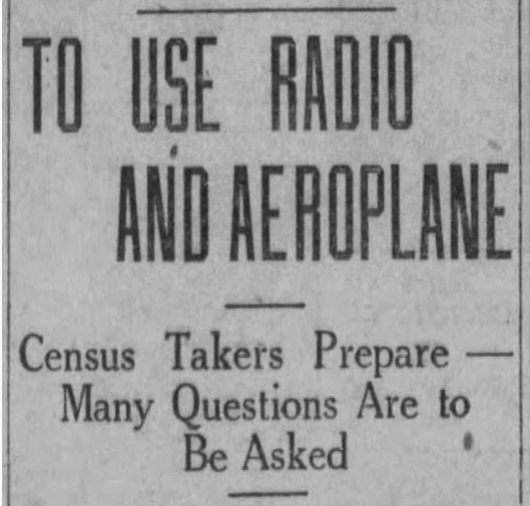
On June 1, 2023, the Canadian government will release the digitized records of the 1931 Census of Canada. This highly anticipated event will reveal a


